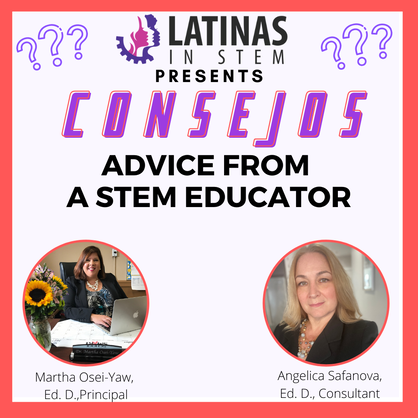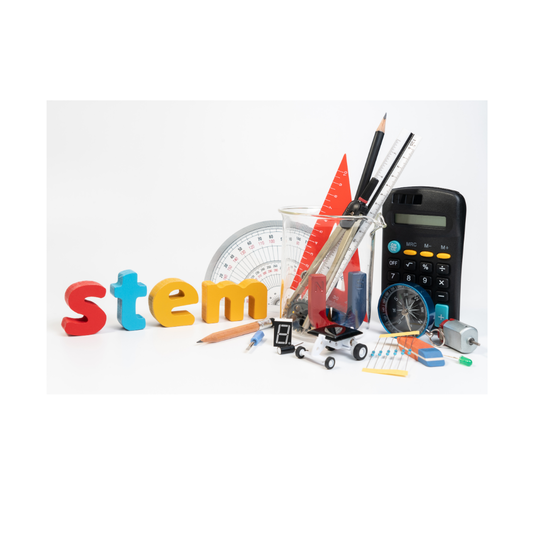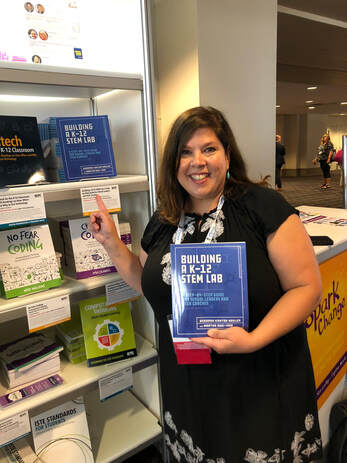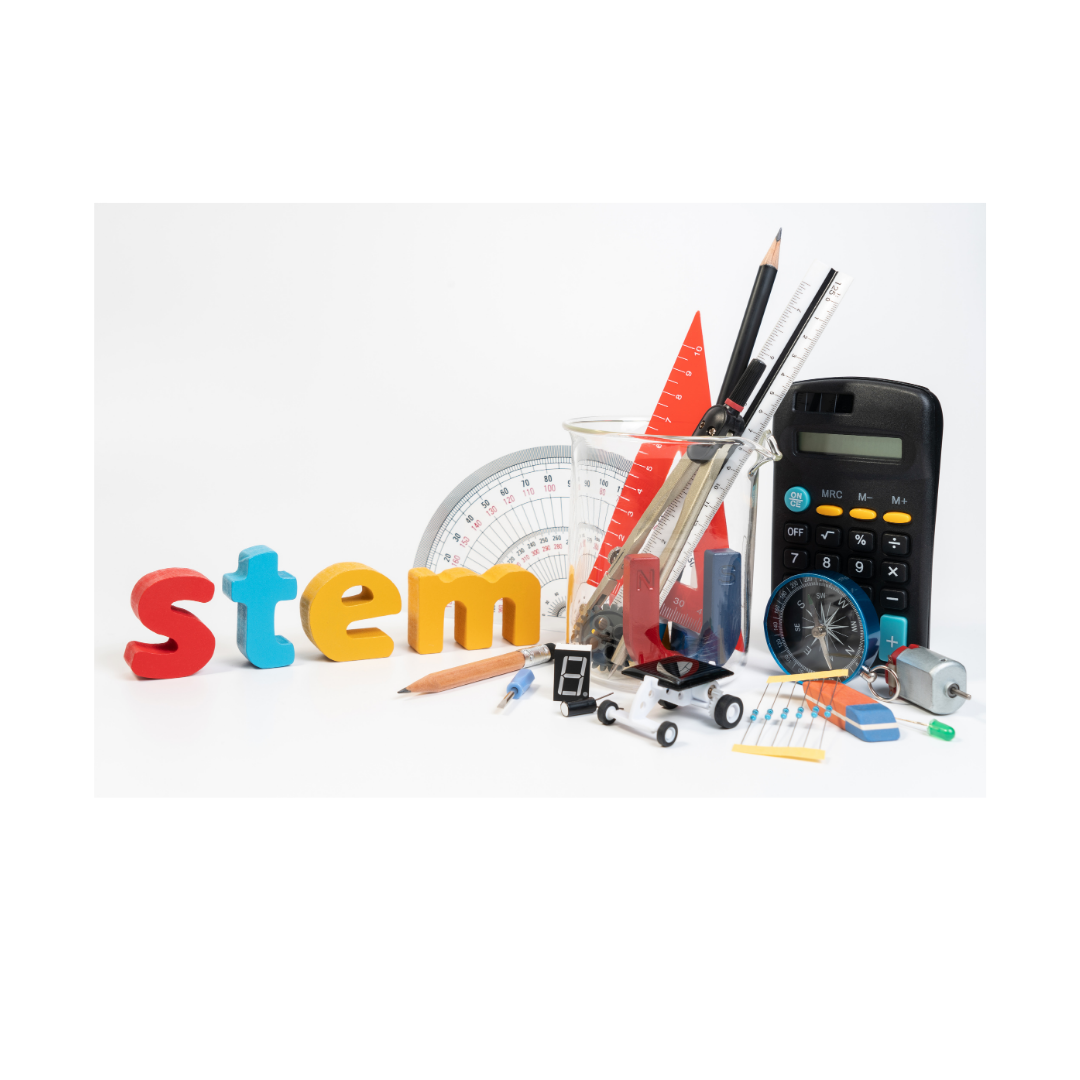How can I reinforce STEM learning at school with my child at home?
Learning begins at home. Parents are their child’s first teacher and having a supportive home environment is a key factor. STEM is everywhere and there are many ways to incorporate it in your daily life.
There are some simple ways to reinforce STEM learning at home. STEM activities can begin in your kitchen. Following a recipe requires mixing and measuring ingredients which incorporate mathematical concepts. Encouraging creative unstructured play and collaboration will develop some of the soft skills that are needed in STEM. You can also foster problem solving by using guiding questions to talk your kids thorough finding their own solutions.
Here are some resources that you can use to reinforce STEM learning:
- How to Incorporate STEM in the Kitchen
- From Engineer to Stay at Home Mom
- Why Creative Play is Important ; Everyday Ideas for STEM & STEAM Education?
What inspired you to pursue your doctorate?
Martha
In 2014, I decided to pursue a doctoral degree in Educational Technology Leadership from New Jersey City University. At the time, I had served as an assistant principal for over ten years and felt that I needed a new challenge. With a doctorate degree in educational technology I knew that I would be able to share the knowledge gained with my faculty to better serve our students’ needs while keeping me current in this rapidly changing field.
Angelica
Learning has always been one of my passions. After getting a bachelor's degree and two master’s degrees the only next logical step for me was a doctorate. All of my life I wanted to achieve that level of education. Being a Latina with a doctorate makes me a part of a very elite group. Only .01% of doctoral degrees are earned by Latinas, and I’m one of them! When the opportunity presented itself I jumped on it. With two weeks left before the deadline I took my GREs and applied. The rest is history.
What is the best age to expose children to STEM fields? Is it ever too late for someone to start their STEM journey?
Children can be exposed to STEM fields from a young age, even when they are too young to use technology. The world is moving into a knowledge-based economy which makes it more important to learn STEM skills early on. Although screen time should be monitored and limited for young children there are many ways to prepare a foundation for future STEM learning and fostering STEM Skills. Toys or games that develop any of the following soft skills will help your young child develop the necessary foundation to prepare them for a successful future STEM journey.
- Creativity
- Inquiry Skills
- Critical analysis
- Teamwork and collaboration
- Initiative
- Communication
- Problem solving
My children are remote learning and I want to avoid doing technology-related activities with them because they’re in front of a computer all day. Can you recommend STEM-related activities I can do with them?
Many parents are feeling the screen overload and balancing that with unplugged activities is not only a good idea but a necessary one. There are many unplugged activities that can be done at home. A simple Google search for “STEM unplugged activities” can uncover a plethora of fun activities, appropriate for your child’s age, using simple household materials that kids can do at home.
The following websites offer great resources and ideas for your child to continue honing their STEM skills in a non-digital way.
- Code.org
- https://www.erintegration.com/2017/05/16/technology-unplugged-activities/
- https://www.nasa.gov/stem-at-home-for-students-k-4.html





 RSS Feed
RSS Feed

